Have you ever tried to brush your cat only to be met with a sudden swipe, a warning hiss, or even a dramatic leap across the room? If so, you’re not alone! Grooming aggression in cats is a surprisingly common (and sometimes hilarious) challenge that can leave owners scratching their heads—and sometimes their hands. But don’t worry, even the feistiest feline can learn to tolerate a good brushing with a little patience, some clever tricks, and a dash of humor. Let’s unravel the mystery of grooming aggression and turn those tense moments into bonding time!
Understanding Grooming Aggression: What’s Really Going On?
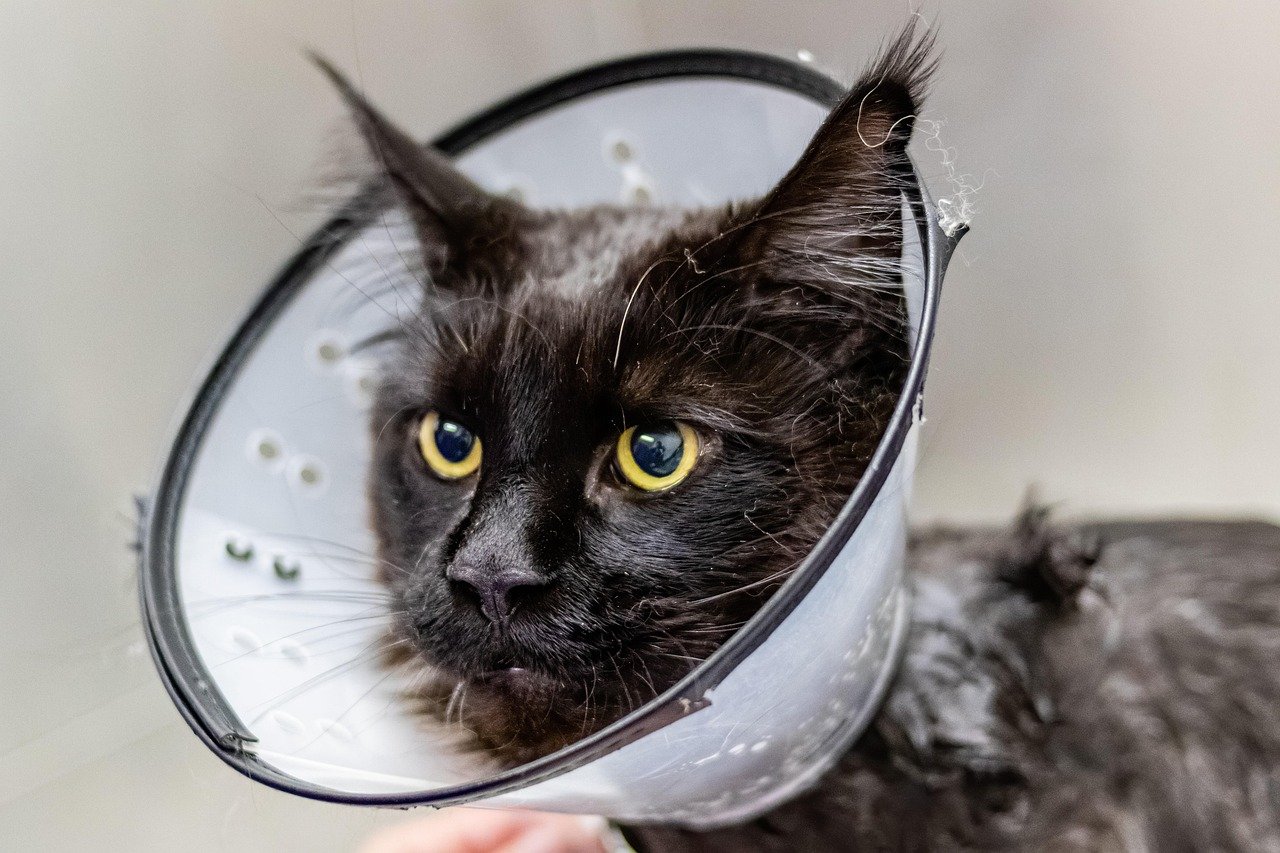
Cats are famously independent, and sometimes their moods can change faster than you can say “hairball.” Grooming aggression often comes as a shock, especially when your usually sweet kitty suddenly turns into a tiny tiger. The truth is, this behavior usually stems from fear, discomfort, or even past negative experiences. Some cats have sensitive skin or mats that pull painfully, while others simply don’t like being touched in certain spots. Think about it—would you want someone tugging on your hair when you weren’t in the mood? Understanding that your cat’s aggression isn’t personal is the first step. They’re not out to get you; they’re just trying to communicate in the only way they know how!
Spotting the Warning Signs Before Trouble Starts
Cats are masters of subtle communication, and if you look closely, they’ll tell you when enough is enough. Watch for twitching tails, flattened ears, wide eyes, or rippling skin—these are classic signs that your cat is getting annoyed or overstimulated. Sometimes, a gentle tap with their paw or a soft growl is their way of saying, “That’s my limit!” Paying attention to these signals can help you avoid a full-blown feline meltdown. It’s a bit like reading the mood in a crowded room—if things start to feel tense, it’s time to back off and let everyone cool down.
Creating a Calm Grooming Environment
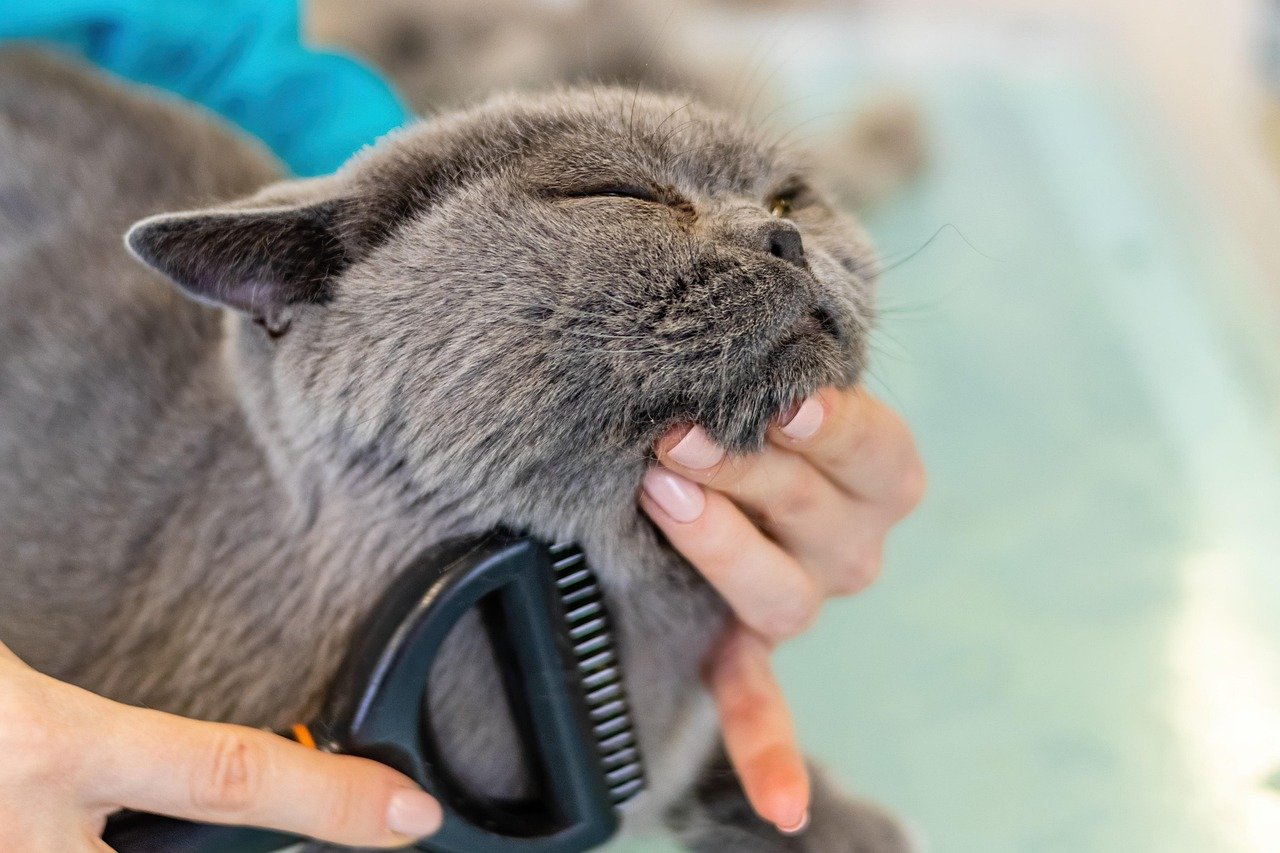
Setting the stage for a positive grooming experience is half the battle. Choose a quiet, familiar spot where your cat feels safe and relaxed. Maybe it’s their favorite windowsill or a cozy spot on the couch. Soft lighting, gentle words, and even some calming background music can work wonders. Try to pick a time when your cat is naturally relaxed—after a meal or a good play session, for example. Avoid grooming when your cat is wound up or in “zoomies” mode. Remember, a calm cat is much less likely to lash out, so take the time to create a peaceful atmosphere before you even reach for the brush.
Introducing Grooming Tools Without Fear
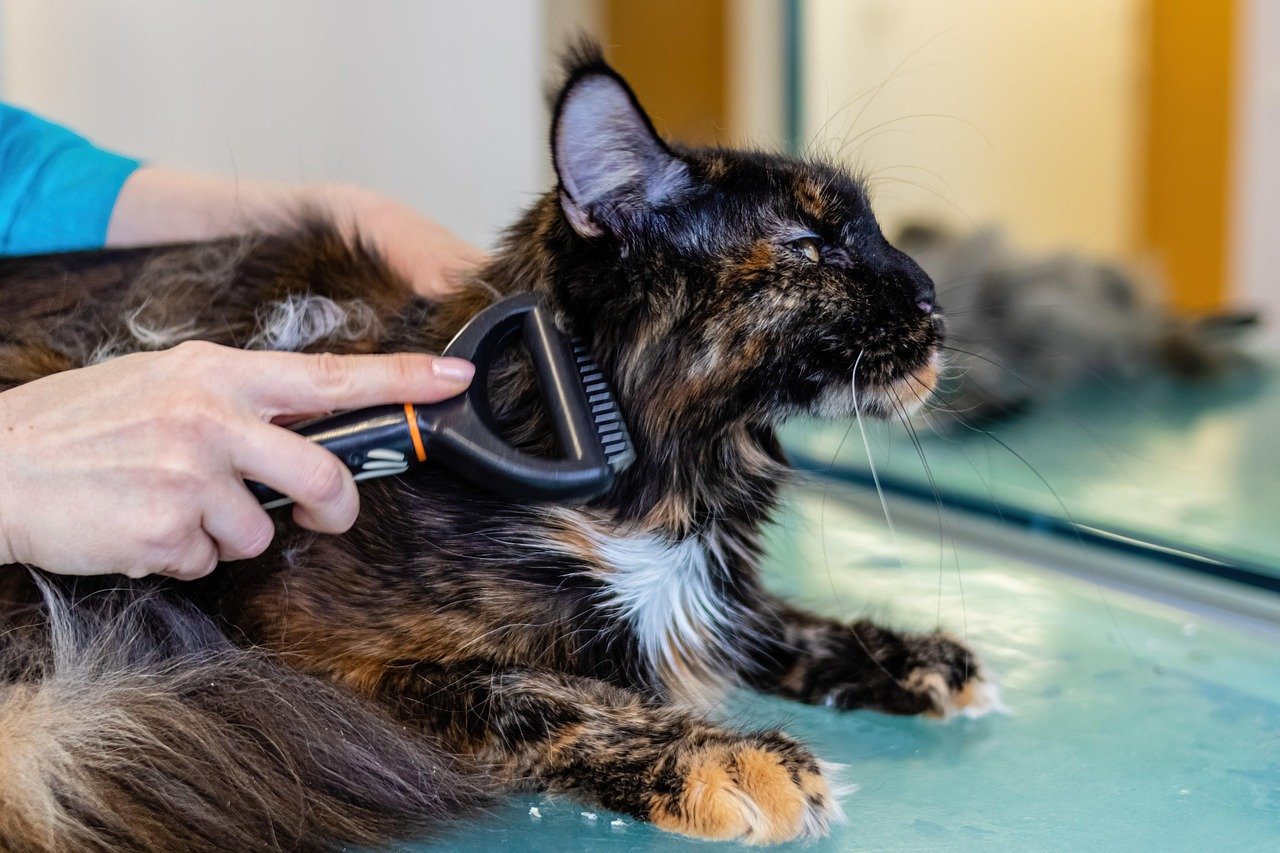
To a cat, a new brush can look like a strange and scary creature! Start by letting your cat investigate the tools before you use them. Offer the brush to sniff and rub against, and maybe even give it a gentle stroke on their cheek. For really nervous cats, try leaving the grooming tools near their favorite sleeping spot so they become part of the landscape. Avoid sudden movements or forcing the brush onto your cat—think of it as a new toy, not a weapon. If your cat sees that nothing bad happens when the brush is around, they’re much more likely to relax when it’s time for a real grooming session.
Short Sessions and Positive Reinforcement
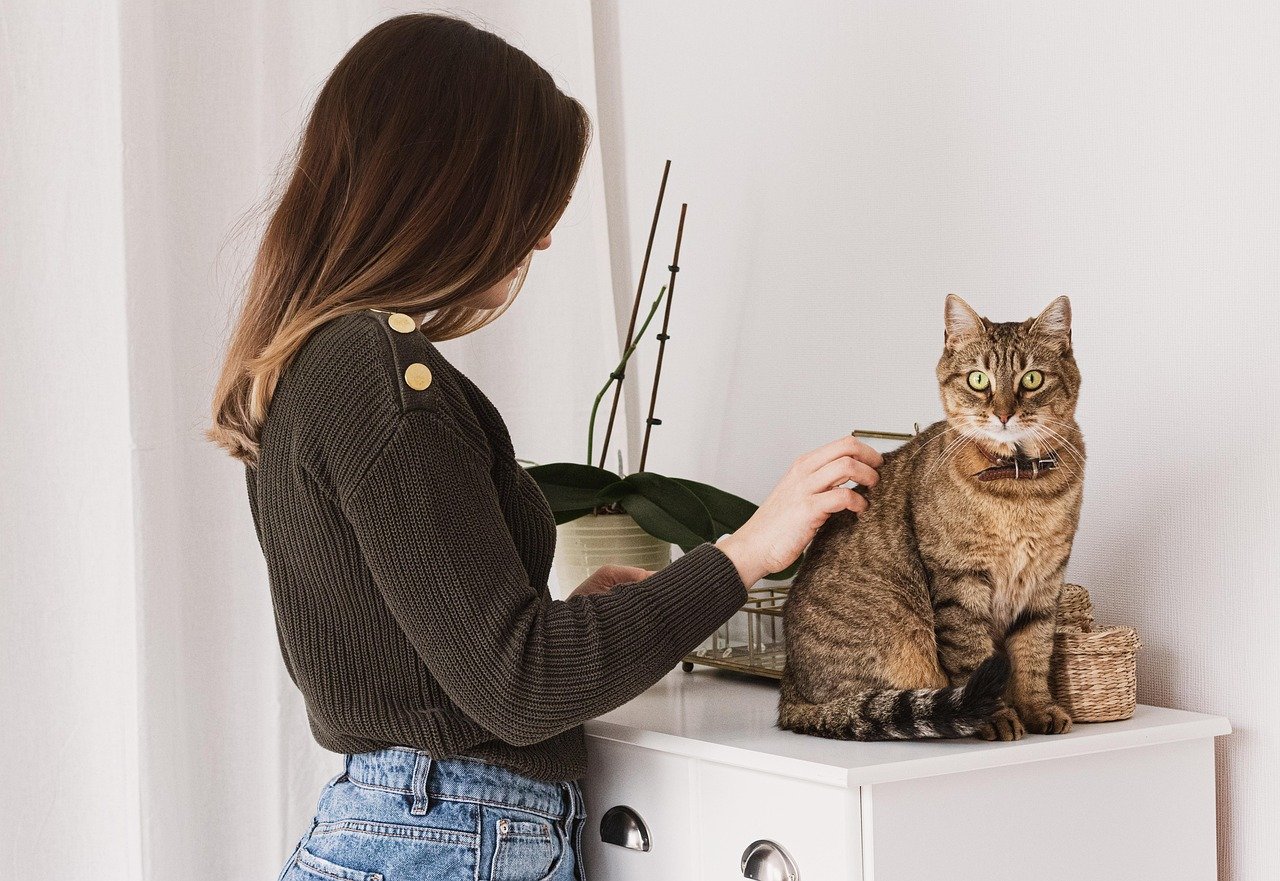
Rome wasn’t built in a day, and neither is a grooming routine! Start with very short sessions—just a few seconds at a time. Use treats, praise, or even a bit of play as a reward after each brush stroke. Some cats respond well to treats they only get during grooming, making the experience extra special. If your cat starts to get agitated, stop immediately and try again later. Over time, your cat will associate the brush with good things and less with stress. Be patient and remember, progress is progress, even if it’s just one extra brush stroke per week!
Dealing With Sensitive Areas and Mats
Every cat has their “no-go zones”—those spots that are strictly off-limits. Common sensitive areas include the belly, tail base, and legs. Respect your cat’s preferences and focus on areas they enjoy first, like the cheeks or back. For mats and tangles, try using your fingers to gently work them out before introducing a comb. Never yank or pull, as this can hurt and make your cat even more defensive. If mats are too tough, consider seeking help from a professional groomer or your veterinarian. Remember, forcing the issue will only make things worse—slow and steady wins the race!
Knowing When to Seek Professional Help
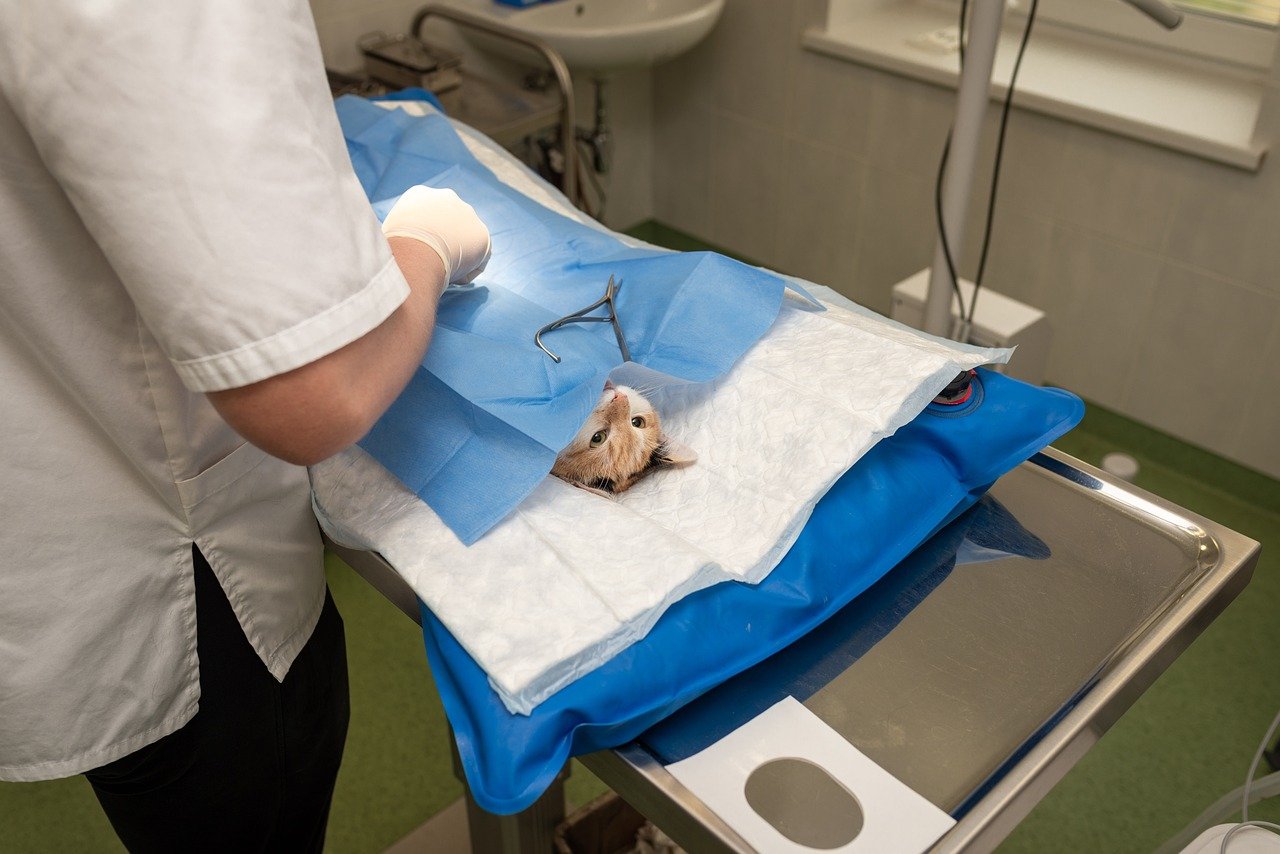
Sometimes, despite your best efforts, grooming aggression can’t be managed at home. If your cat becomes extremely stressed, bites, or scratches aggressively, it’s time to call in the pros. Veterinary behaviorists and professional groomers have experience handling even the most difficult cats. They can suggest desensitization techniques, recommend calming products, or check for underlying medical issues causing pain or discomfort. Don’t feel bad about asking for help—caring for a cat means knowing your limits and doing what’s best for your furry friend.
Turning Grooming Into Bonding Time
Believe it or not, grooming can become a special time for you and your cat. Approach each session with patience, a sense of humor, and a willingness to adapt. Some days will be better than others, but over time, you may find that your cat actually looks forward to a gentle brush and a few treats. Celebrate the small victories—one less hiss, a longer purr, or even just a moment of calm. With love and persistence, you’ll turn grooming from a dreaded chore into a happy ritual that strengthens your bond, one brush stroke at a time.
Jen is a passionate nature lover and ocean conservationist. She has dedicated her life to protecting the environment and preserving the beauty of the natural world. Growing up in a small coastal town, Jen sincerely appreciated the ocean and its inhabitants. She has spent countless hours exploring the shoreline, learning about the creatures that inhabit the waters, and advocating for their protection. Jen is an active member of ocean conservation organizations, and she is committed to educating the public about the importance of conserving wildlife and the natural environment.






